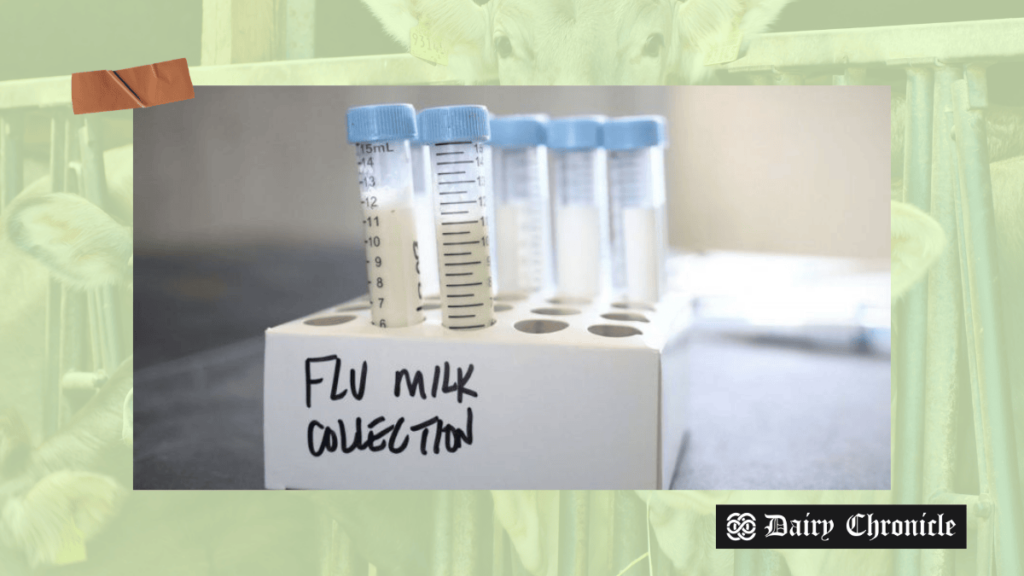The detection of a second strain of highly pathogenic avian influenza (HPAI) in U.S. dairy herds has raised concerns about the virus’s adaptation to mammalian hosts and its implications for agriculture and public health.
The recent discovery of a second strain of highly pathogenic avian influenza (HPAI) in U.S. dairy cattle has raised alarms among experts, with significant implications for both animal and public health. This new development, confirmed by the U.S. Department of Agriculture (USDA) on January 31, marks the first detection of the H5N1 D1.1 strain in dairy herds, signaling a shift in the virus’s ability to infect mammals.
The USDA confirmed that the second strain was found in dairy herds in Nevada, where the novel H5N1 strain was identified through genome sequencing of raw milk samples as part of the USDA’s National Milk Testing Strategy (NMTS). This finding is of particular concern because it represents the first time a second genotype of avian influenza has been found in dairy cattle, a previously rare occurrence.
Historically, the B3.13 strain has been the primary threat to U.S. dairy cows, having spread to over 959 herds across 16 states. The discovery of the D1.1 strain suggests that the virus may be evolving to adapt to new hosts, complicating containment efforts. While the HPAI virus has already disrupted the poultry industry and contributed to rising egg prices, its spread to dairy cattle presents unique challenges due to the long production cycles and economic importance of these animals.
Veterinary and epidemiological experts are closely monitoring the situation. Richard Webby, an influenza researcher at St. Jude Children’s Research Hospital, expressed concern over the two instances of bird-to-cow transmission, calling it a surprising development. Experts believe that while dairy cattle are not typically culled in large numbers, quarantine measures and biosecurity protocols will play a key role in managing the virus’s spread.
Despite the CDC’s assertion that the risk to the general public remains low, several human infections have been reported. The D1.1 strain has already caused a fatal case in Louisiana, when an elderly man contracted the virus after coming into contact with infected wild birds.
In response, the USDA’s Animal & Plant Health Inspection Service (APHIS) is coordinating with state authorities to enhance biosecurity measures, including quarantine orders for affected farms and additional avian flu testing for dairy cattle. While surveillance remains high within the U.S., European and British regulators have so far reported no detections of the strains in their territories.
The economic impact of this outbreak could be significant, especially if international trade agreements are affected. With dairy export bans already being considered by some nations, the agricultural sector faces the dual challenge of protecting livestock while preparing for potential human health risks.
The emergence of the D1.1 strain in dairy cattle underscores the ongoing complexity of zoonotic diseases and highlights the need for vigilance as the virus continues to evolve and spread across borders. As history has shown, misjudging the potential for cross-species transmission can have widespread consequences for both human and animal health.
